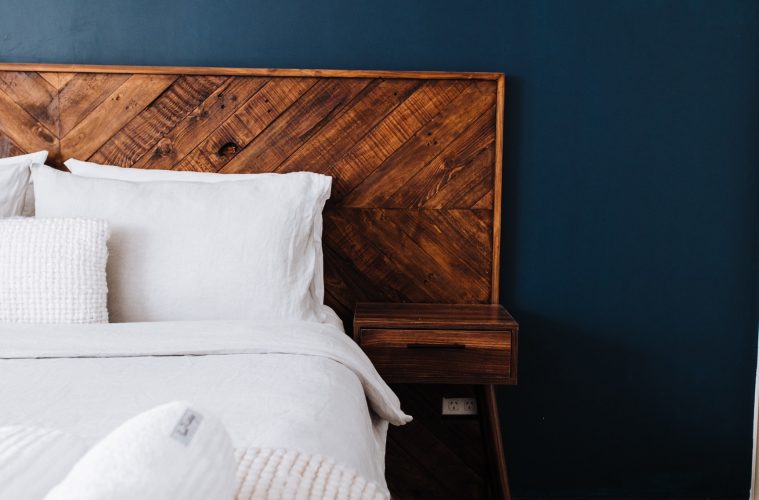Before you get stuck in with a brush, let’s look at how colour could affect the way you feel.
We are surrounded by colour in our homes, offices, in nature… We see so many different colours every day that we tend to take them for granted. We appreciate them for their aesthetic value, but we don’t acknowledge the impact they can have on a psychological level. Plascon’s colour therapist and stylist Claire Bond chats to Livingspace about the importance of choosing the right colour.
‘Colours have different frequencies and vibrations and, as a result, they’ll create a different mood in an environment,’ says Claire. Colour theory is an important tool to use when designing an interior. Here are some pointers for your home.
RED
Red is a stimulating and energising colour – it has long wavelengths. This encourages us to move quickly and will make a space feel warm, inviting and comfortable. Reds such as burgundy and brick are great for communal spaces such as restaurants or entrance halls. Add warmth to your home by introducing hints of red in a bedroom with soft furnishings.
ORANGE
Orange is a happy colour that promotes conversation and stimulates the appetite. The energy that orange emits could help to release chemicals in the body that relieve feelings of sadness. It is great for kitchens, studies and dining areas. Peach and apricot hues are stunning in recreation rooms and hotel lobbies. However, avoid using orange tones in rooms that get hot in summer.
YELLOW
Yellow is said to stimulate the pineal gland and therefore energise you. It also helps to regulate your body clock – think of sunshine. It’s a brilliant colour for an accent shade in the workspace, especially in a meeting room. It’s great for dining, kitchen and family rooms too. But be wary of which shade you use in a busy child’s room, as a bright yellow may overstimulate them.
GREEN
Green is a balanced, restoring and healing colour that helps to calm tension. Try soft pistachio and mint shades in your bedroom and bathroom.
BLUE
Pastel blue is calming and peaceful – spot on for bedrooms. Light blue makes rooms appear larger, and bright blue will encourage focus and concentration.
TURQUOISE
Turquoise stimulates the nervous system and assists with adapting to change. It’s a perfect balance of invigorating and calming, ideal for a teenager’s bedroom.
PURPLE
Deep tones of brinjal and lilac feel opulent and creative. Use these hues in living and dining areas to add an air of sophistication.
PINK
Pink is soothing, nurturing and helps to reduce aggression. Soft pinks are perfect for adults’ and babies’ bedrooms.
NEUTRALS
Black, grey and white work with all colours – add these as exclamation marks. Black has the ability to both shrink a space and open up the area, so use it wisely. Dark hues are great for displaying art against. Deep charcoals and kelp colours will make your paintings and photos shine.
[image via Pexels]

